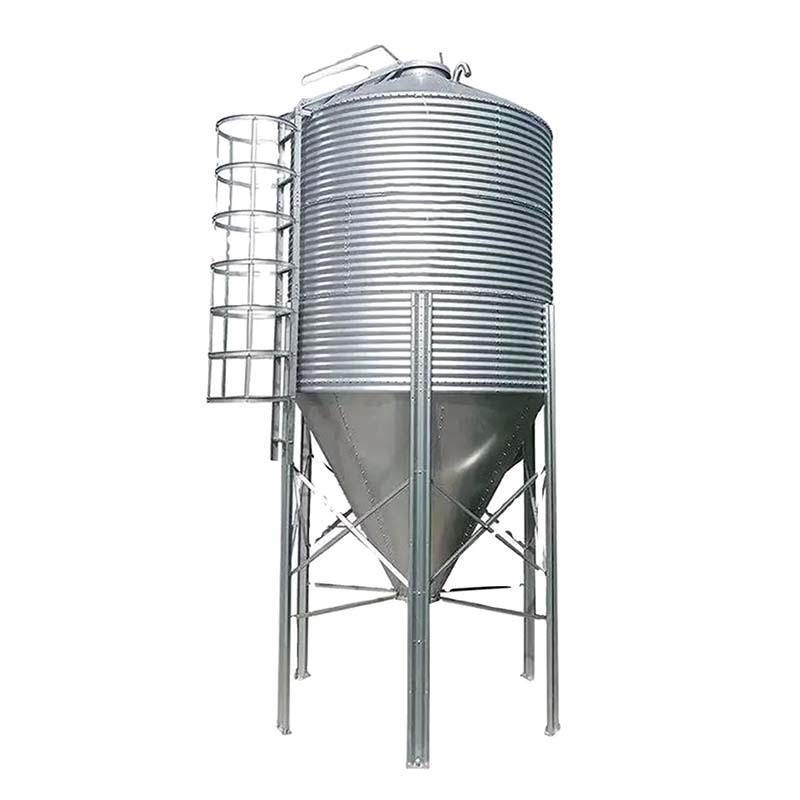Efficient Methods for Chicken Scalding in Poultry Processing Facilities
Nov . 08, 2024 22:46 Back to list
Efficient Methods for Chicken Scalding in Poultry Processing Facilities
The Science and Importance of Chicken Scalders in Poultry Processing
Chicken processing is a vital part of the poultry industry, ensuring that chickens are prepared for consumption efficiently and hygienically. Among the various stages in processing, scalding plays a critical role. Scalders are specially designed machines that heat water to soften the feathers, allowing for easier plucking. This process is not only about efficiency but also about maintaining the quality and safety of the meat.
Understanding the Scalding Process
The primary function of a chicken scalder is to immerse live chickens in hot water. The temperature and duration of the scalding process must be carefully controlled. Generally, water temperatures range from 120°F to 140°F (49°C to 60°C), and the chickens are typically scalded for 30 to 90 seconds, depending on the desired outcome and the bird's age.
Scalding serves multiple functions. Firstly, it loosens feathers, making them easier to remove during the plucking phase. Secondly, scalding also helps in cleaning the skin of the chicken by loosening dirt and debris, thereby improving hygiene. Finally, it can also contribute to the overall quality of the meat. A well-scalded chicken tends to have better texture and less bruising, which is essential for both processing and consumer satisfaction.
Types of Scalders
There are two primary types of chicken scalders used in the poultry industry batch scalders and continuous scalders
.1. Batch Scalders These units operate on a simple principle where batches of chickens are immersed in hot water, staying there until the right temperature is achieved. Once scalding is complete, the birds are removed for plucking. This method is often used in smaller processing facilities due to its simplicity and lower initial investment.
chicken scalders

2. Continuous Scalders As the name suggests, these scalders operate continuously, allowing for a constant flow of chickens through the system. Chickens enter one end of the scalder and exit at the other after being subjected to hot water. Continuous scalders are usually more efficient and better suited for larger processing plants, as they can handle higher volumes of chickens with more consistent results.
Technological Advancements
Advancements in technology have significantly enhanced the efficiency and effectiveness of chicken scalders. Modern systems often include features such as temperature sensors and automated controls. These innovations help maintain consistent water temperatures, ensuring optimal conditions for scalding. Additionally, some scalders incorporate features that allow for the recycling and filtering of water to minimize waste and reduce operational costs.
Moreover, there is a growing emphasis on maintaining animal welfare standards during processing. Advances in scalding techniques aim to reduce stress and minimize suffering for the chickens. For instance, many facilities now use pre-stunning techniques to render chickens insensible prior to scalding, aligning with humane treatment regulations.
Conclusion
Chicken scalders are an indispensable component of poultry processing. They not only facilitate the efficient removal of feathers but also play a crucial role in maintaining the quality and safety of the final product. With ongoing advancements in technology and a focus on animal welfare, scalding practices continue to evolve, ensuring that the poultry industry meets both consumer demand and ethical standards.
As the global demand for poultry products continues to rise, understanding the intricacies of chicken processing, particularly the role of scalders, becomes increasingly important. The combination of science, technology, and responsible practices will help shape the future of poultry processing, ensuring that it remains efficient, sustainable, and humane. Ultimately, chicken scalders exemplify the delicate balance between productivity and responsibility in the modern food industry.
-
Hot Sale 24 & 18 Door Rabbit Cages - Premium Breeding Solutions
NewsJul.25,2025
-
Automatic Feeding Line System Pan Feeder Nipple Drinker - Anping County Yize Metal Products Co., Ltd.
NewsJul.21,2025
-
Automatic Feeding Line System Pan Feeder Nipple Drinker - Anping County Yize Metal Products Co., Ltd.
NewsJul.21,2025
-
Automatic Feeding Line System - Anping Yize | Precision & Nipple
NewsJul.21,2025
-
Automatic Feeding Line System - Anping Yize | Precision & Nipple
NewsJul.21,2025
-
Automatic Feeding Line System-Anping County Yize Metal Products Co., Ltd.|Efficient Feed Distribution&Customized Animal Farming Solutions
NewsJul.21,2025






